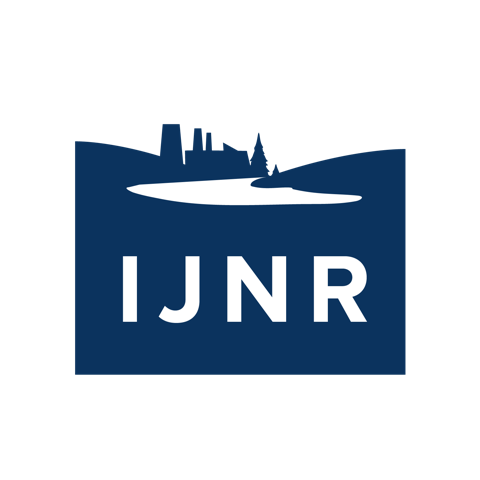Day 8: Conservation, Urban Resilience, and Mississippi Overview
For the Birds (and Fish and Turtles and People and Plants…)
Located at the confluence of the Missouri and Mississippi Rivers, the Riverlands Migratory Bird Sanctuary is 3,700 acres of water, prairie and woodland managed by the U.S. Army Corps of Engineers’ rivers project office. It is also home to a partnership with the Audubon Society and is HQ for the Audubon Center at the Riverlands, a flagship project of the National Audubon Society and Audubon Missouri. We learned about the partnership first-hand, as we headed out into the field to see current research and conservation efforts and get our own feet wet in the sanctuary.
There Goes the Neighborhood: How St. Louis Aims to Build Resilience with Wrecking Balls and Rain Gardens
St. Louis’s population has fallen by nearly half over the last half century, sending the city scrambling to keep up with vacant properties. Some within the city see a silver lining to all this abandoned real estate – an opportunity to begin to address systemic flooding that occurs in many neighborhoods during heavy rains. Together, the city and the Metropolitan St. Louis Sewer District, with funding from the Missouri Department of Conservation, have launched the Urban Greening Program, a plan to tear down 1,000 structures over the next five years and replace them with green infrastructure installations, like rain gardens, that will retain surface water runoff and, hopefully help keep basements dry in the houses that remain. Many residents wish the city were working on fixing up existing structures and getting people back into the neighborhoods, but the city counters that this is the first step in promoting new development and reinvestment.
A Big Picture View of Big Muddy, from Tiny River Towns to a Giant of Global Commerce
Before we put the notepads and recorders away and simply celebrate a successful expedition downriver, we took a stab at putting everything we’d heard in perspective. Where does the nation’s largest river fit in the bigger picture of international commerce and the world’s food supply? What challenges do the communities that line its banks share in common? Can a resource that runs the length of the country be managed in a way that’s acceptable to all of its users?





